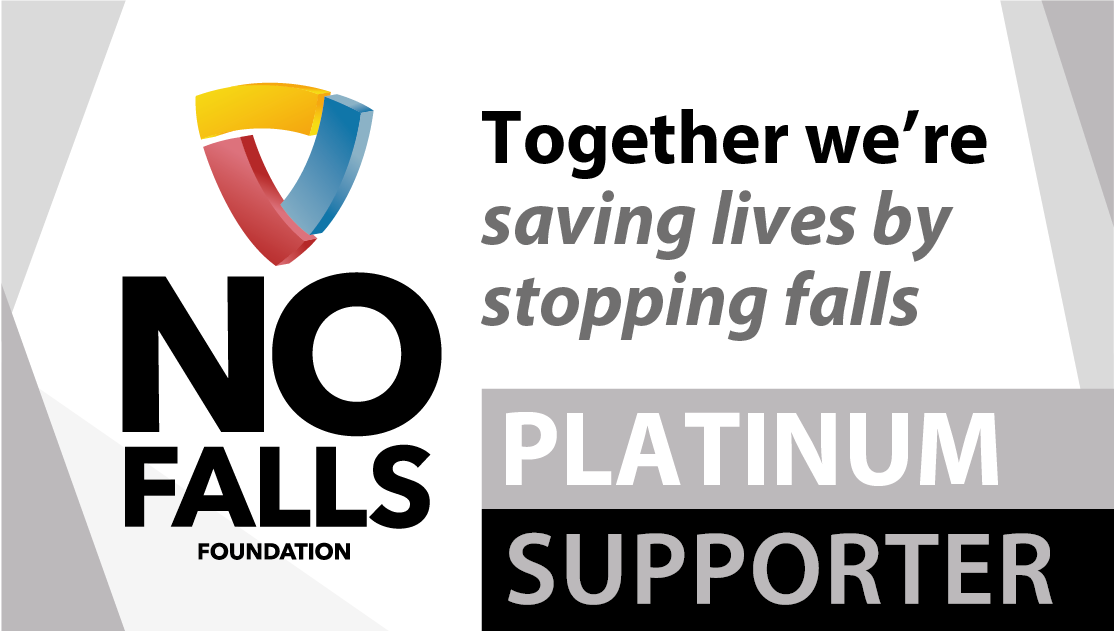Competency
A competent person is a person who can demonstrate that they have sufficient professional or technical training, knowledge, actual experience, and authority* to enable them to:
- Carry out their assigned duties at the level of responsibility allocated to them;
- Understand any potential hazards related to the work (or equipment) under consideration;
- Detect any technical defects or omissions in that work (or equipment), recognise any implications for health and safety caused by those defects or omissions, and be able to specify a remedial action to mitigate those implications.
*Note: “authority” here means delegated authority to the individual by his employer to carry out a certain function or duty.
Assembling, altering, dismantling or working on a mobile access tower will involve working at height. The Advisory Committee on Work at Height Training (ACWAHT) indicate that for anyone who works at height, competence implies:
- To know and understand the specific legal duties under the Work at Height Regulations which apply to them as an individual
- To understand who controls their activity and the lines of communication to use
- To understand the principles of fall protection that the Regulations require to be used
- To be able to recognize safe and unsafe situations/ activities
- To understand how to deal with the hazards associated with the task allocated to them
- To have adequate training in the correct use and limitations of any work equipment allocated to them for the task
- To understand the need for and the ability to check the adequacy of the safety equipment allocated to them
- If that equipment has been issued to them on a personal basis, an understanding of the correct procedure for storage, maintenance and inspection
- To understand safe procedures of work and state the correct procedure for the task, the emergency (including rescue) procedures in place for the work and their role in it
- To know the procedure for reporting any defects, hazards or unsafe procedures they detect
Work at Height Awareness Syllabus (ACWAHT) 2006
PASMA provides training and verifies competence in the use of mobile access towers through its network of over 400 training centres. The PASMA Photocard provides proof that you have undergone and successfully completed training to a nationally recognized standard. All delegates receive both theoretical and practical training before being assessed to determine their competency.
Find out more about PASMA Training Courses
Find a PASMA Training Centre in your area
Avoid serious injury by choosing your Scaffold Tower carefully
Tower scaffolds come in many different shapes and sizes so how can you be sure that the one you use is safe?
Simple…ensure that you choose an EN1004 tower!



